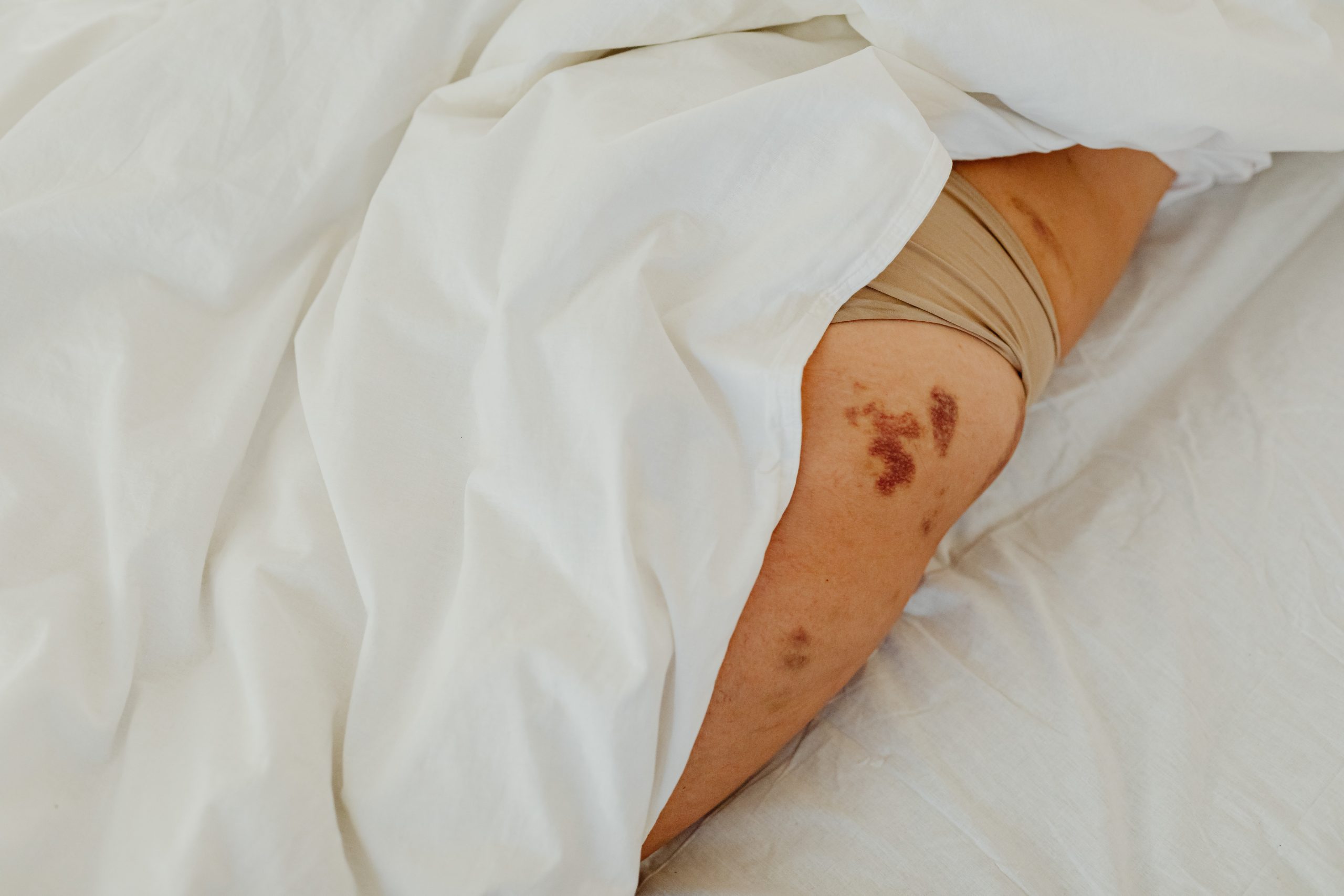Superior Vena Cava Syndrome is a type of cancer that affects the upper chest area. The actual Superior Vena Cava is an enormous vein charged with the collection and distribution of blood from the arms and head area to the atrium of the heart. This particular atrium is located in the back and to the right. When this vein is packed down, with clots or thrombus, the return of blood to the heart is blocked.
The most notable difference in someone suffering from Superior Vena Cava Syndrome is their face, and sometimes their arms, are swollen. This is known as edema or a fluid buildup. Shortness of breath can also be a symptom of this type of cancer.
Symptoms
The most common symptom is the swelling of the face and/or the arms of someone. The swelling is due to the blood not returning to the heart. When the blood circulates through the heart, it has an adequate amount of oxygen in it. The correct amount of oxygen is needed to meet metabolic levels in the body. Backed-up blood is the cause of swelling in the face and arms.
Lesser-known symptoms of this illness include a blue tinge to the skin, a dilation of the veins, chest pains, coughing, hoarseness, and shortness of breath. All of these symptoms show up in the body because of the lack of oxygenated blood.
Causes
There are several different causes of Superior Vena Cava Syndrome, but the main one is cancer. Metastatic or primary cancer, located in the upper right lung, the lobe, is where it is almost always located. Tumors, like Lymphoma cause compression in the Mediastinum.
Besides cancer, there are complications from pacemaker wires and dialysis. These wires, or other internal catheters, can cause thrombus or blood clots and lead to Superior Vena Cava Syndrome.
Serious infections like tuberculosis and syphilis can be a cause of this type of syndrome. Sarcoidosis, an inflammatory disease, could also lead to this type of illness.
Diagnosis
There are a few ways your doctor can diagnose Superior Vena Cava Syndrome. The first and most common tool used in diagnosis is a typical x-ray of the chest. This will show any abnormal enlargement of the thin area between the two lungs, also known as the Mediastinum. An x-ray will also reveal any tumors within the lungs.
Another tool used in the radiologist’s toolbox is an ultrasound. This can be used to look for blood clots in the chest, arms, and neck. A CT scan is another common device used to look for symptoms of Superior Vena Cava Syndrome. Once a tumor or blockage is found, a biopsy will need to be performed to determine what type of tumor is found.
Treatment
This type of cancer rarely demands immediate action. The doctor will make sure the airway is open, the body has adequate circulation, which is the heart rate and blood pressure, and that breathing is maintained and enough to not cause discomfort.
Sometimes a diuretic may be prescribed to keep the volume of fluid lower within the bloodstream. Another common treatment is a course of steroids to help decrease the swelling.




